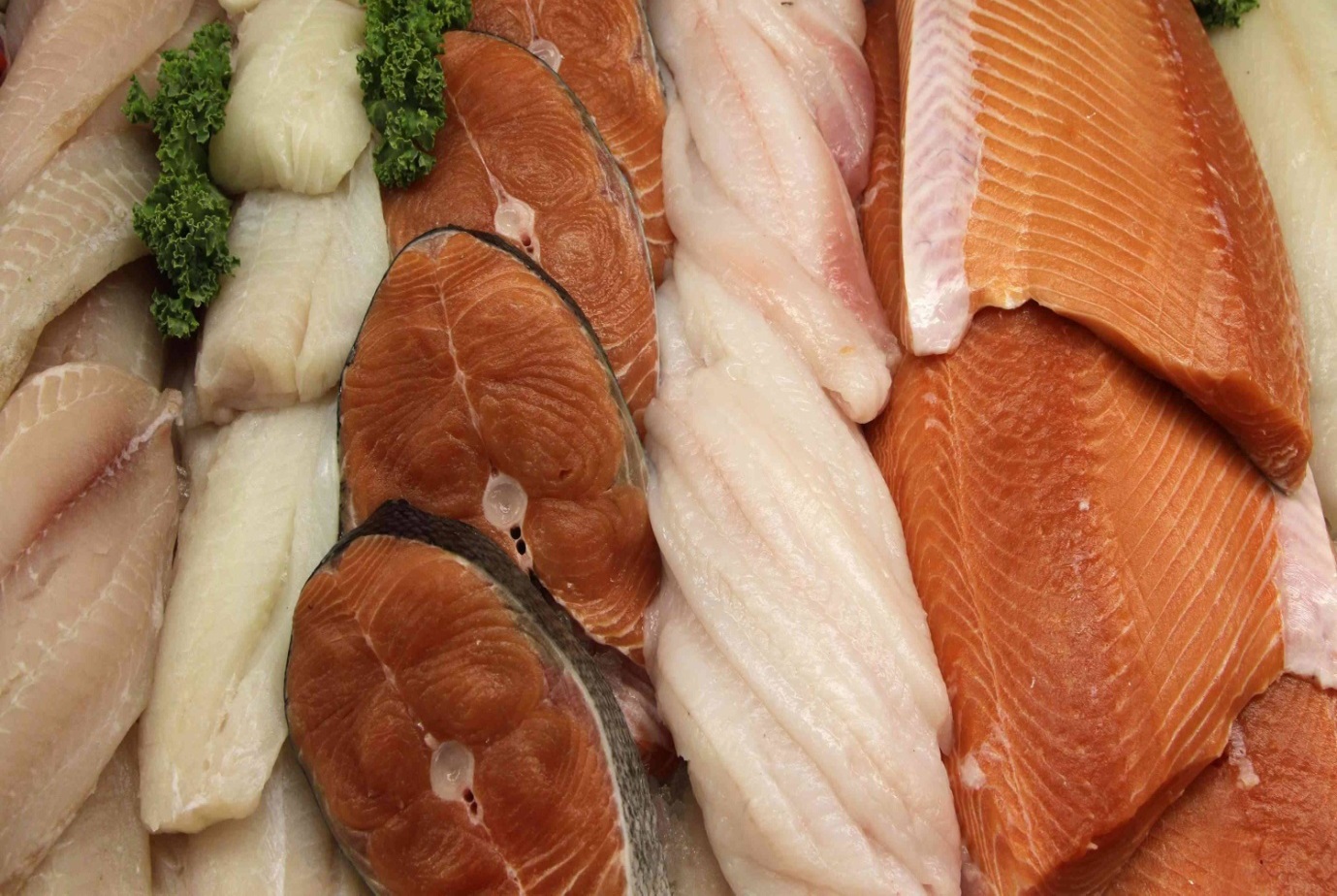Though seafood is one of the world’s healthiest foods, there are some risks every consumer should be aware of. The biggest issue is the level of mercury in seafood.
Methylmercury is the main type of mercury found in seafood, and at high levels it has been linked with birth defects and is harmful to developing fetuses. Pregnant women need to be mindful of the amount and type of seafood they consume and memorize this list of safe fish to eat. While you can certainly eat everyday seafoods such as frozen fish sticks and canned light tuna and feel fairly safe from the dangers of mercury, we encourage consumers to stretch their culinary wings a bit with these low mercury options. Pregnant women please note: Nothing can take the place of a consultation with your physician, but our list of the top ten safe to eat and low mercury seafoods is a great place to start your nutrition conversation.
A Few Common Questions
- Is tuna safe? While canned light tuna is generally considered safe, experts agree that consumption should be limited to about 6 ounces a week. And keep in mind that white tuna (such as albacore) and tuna steaks have been shown to have a higher mercury content than canned light tuna.
- Is halibut high in mercury? No! Halibut is on our list of low mercury, safe seafoods, and is also quite tasty in a wide variety of dishes.
- Where can I buy safe seafood? Buying local is always nice, but not many people live close to a fresh fish market or fishery, and the price at those markets can get pretty steep. We at Global Seafoods are happy to provide a large selection of safe, low mercury seafoods right here, at low cost and with a quality guarantee. With Global Seafoods, proximity to a seafood mart isn’t a problem any longer.
- Does salmon have mercury? Almost all seafood has at least a very small trace of mercury, but the mercury levels in salmon are typically very low in both farmed and wild caught salmon.
- Can pregnant women eat shrimp? Yes! Not only can they eat it, but they should! Shrimp are a low calorie, nutritious, and delicious protein source chock full of a long list of nutrients like omega-3 fatty acids and vitamin D. As long as you cook the shrimp thoroughly, you and your growing baby deserve a serving of this decadent treat.
The Best Fish Low in Mercury
According to experts, smaller and more short-lived fish tend to be lower in mercury. This is because even though mercury occurs naturally in the environment, pollutants in the water increase this, and the longer a fish is alive and eating in those waters, the more mercury they will absorb through food and the environment. That said, our list below takes these factors into consideration, as well as cost, taste, ease of preparation, and scope of culinary uses.
- halibut
- cod
- salmon
- crab
- Alaskan pollock
- rockfish
- catfish
- clams
- shrimp
- flounder
Some Other Options
While these are some of our personal favorites on the low mercury seafood list, there’s still quite a few more you might want to consider. Sardines, for example, are nutritious and tasty, but they’re typically pretty high in sodium, which is why we didn’t list them in our top ten. Spiny lobster is generally considered safe, but can be a little pricey, so we excluded it from our main list. Haddock, farmed trout, and ocean perch are also on the safe list, but we feel their culinary uses are more limited than those types in our top ten list. All the seafood listed here is packed with nutrition, low in mercury, and has plenty of flavor to satisfy even the pickiest of eaters, so don’t let our list limit you.
Fish High in Mercury
Though we’ve covered some of the best low mercury seafoods available and given an overview on the dangers of mercury in seafood, we feel it’s prudent to also list those seafoods that are high in mercury so you can be better informed and avoid them. Pregnant women and children especially should take heed of this list of dangerous and high mercury seafood.
- shark
- swordfish
- king mackerel
- tilefish
Some of these are a bit harder to find commercially, but it’s definitely worth mentioning that these can be dangerous to consume. They are sometimes found in restaurants, and if you happen to live near a fishing port or close to a fish market, you may see these offered for sale.
Final words
The thought of a dangerous thing in your seafood is a bit scary, we know, but we hope this article has helped set your mind at ease. There is a long list of delicious, nutritious, and very safe seafoods, so don’t be afraid to try something new or to indulge in an old favorite like shrimp cocktail or grilled salmon. Adding healthy seafood to your diet is easy when you know what to look for!


